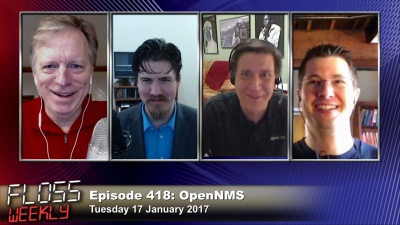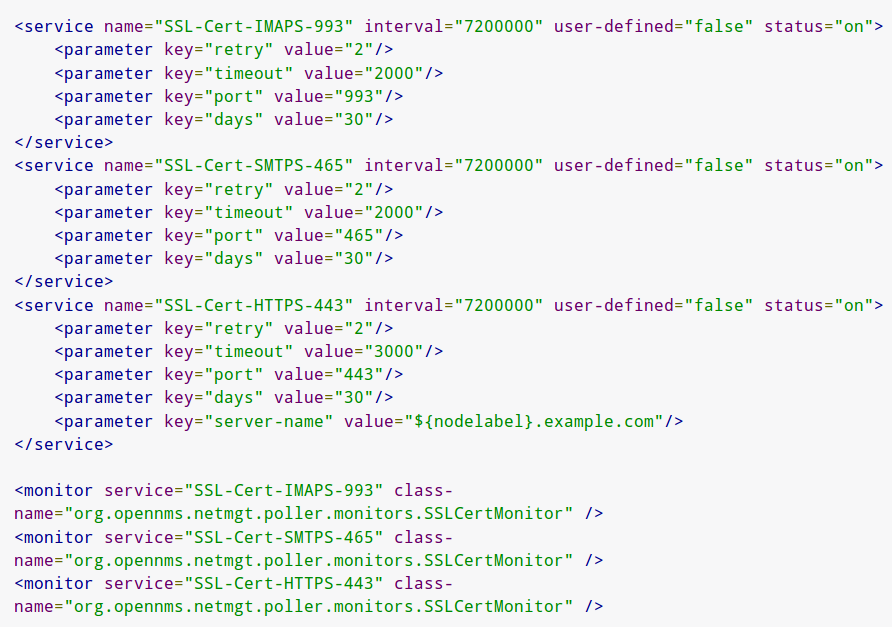A few weeks ago I found an article in my news feed about a Tor phone, and it introduced me to Copperhead OS. This is an extremely hardened version of the Android Open Source Project (AOSP) designed for both security and privacy. It has become my default mobile OS so I thought I’d write about my experiences with it.
TL;DR: Copperhead OS is not for everyone. Due to its focus on security is it not easy to install any software that relies on Google Services, which is quite a bit. But if you are concerned with security and privacy, it offers a very stable and up to date operating system. The downside is that I am not able to totally divorce myself from Google, so I’ve taken to carrying two phones: one with Copperhead and one with stock Android for my “Googly” things. What we really need is a way to run a hypervisor on mobile device hardware. That way I could put all of my personal stuff on a Copperhead and the stuff I want to share with Google in a VM.
I pride myself to the point of being somewhat smug about the fact that I use free software for most of my technology needs, or so I thought. My desktops, laptop, servers, router, DVR and even my weather station all use free and open source software, and I run OmniROM (an AOSP implementation) on my phone. I also “sandbox” my Google stuff – I only use Chrome for accessing Google web apps and I keep everything else separate (no sharing of my contacts and calendar, for example). So, I was unpleasantly surprised at how much I relied on proprietary software for my handy (short for “hand terminal” or what most people call a “mobile phone”, but I rarely use the “phone” features of it so it seems like a misnomer).
But first a little back story. I was sitting on the toilet playing on my mobile device (“playing on my handy” seemed a little rude here) when I came across a page that showed me all of the stuff Google was tracking about my mobile usage. It was a lot, and let’s just say any bathroom issues I was having were promptly solved. They were tracking every call and text I made, which apps I opened, as well as my location. I knew about the last one since I do play games like Ingress and Pokémon Go that track you, but the others surprised me. I was able to turn those off (supposedly) but it was still a bit shocking.
Of course, I had “opted in” to all of that when I signed in to my handy for the first time. When you allow Google to backup your device data, you allow them to record your passwords and call history.

If you opt in to help “improve your Android experience”, you allow them to track your app usage.

And most importantly, by using your Google account you allow them to install software automatically (i.e. without your explicit permission).

Note that this was on a phone running OmniROM, and not stock Google, but it still looks like you have to give Google a lot of control over your handy if you want to use a Google account.
Copperhead OS is extremely focused on security, which implies the ability to audit as much software on the device as possible, as well as to control when and what gets updated. This lead them to remove Google Play Services from the ROM entirely. Instead, they set up F-Droid as the trusted repository. All the software in F-Droid is open source, and in fact all of the binaries are built by the F-Droid team and not the developer. Now, of course, someone on that team could be compromised and put malicious software into the repo, but you’ve got to trust somebody or you will spend your entire life doing code reviews and compiling.
Copperhead only runs on a small subset of devices: the Nexus 6P, the Nexus 5X and the Nexus 9 WiFi edition. This is because they support secure boot which prevents malicious code from modifying the operating system. Now, I happened to have a 6P, so I figured I would try it out.
The first hurdle was understanding their terminology. On the download page they refer to a “factory” image, which I initially took to mean the original stock image from Google. What they mean is an image that you can use for a base install. If you flash your handy as often as I do, you have probably come across the process for restoring it to stock. You install the Android SDK and then download a “factory” image from Google. You then expand it (after checking the hash, of course) and run a “flash-all” script. This will replace all the data on your device, including a custom recovery like TWRP, and you’ll be ready to run Copperhead. Note that I left off some steps such as unlocking and then re-locking the bootloader, but their instructions are easy to follow.
The first thing you notice is that there isn’t the usual “set up your Google account” steps, because, of course, you can’t use your Google account on Copperhead. Outside of missing Google Apps, the device has a very stock Android feel, including the immovable search bar and the default desktop background.
This is when reality began to set in as I started to realize exactly how much proprietary software I used to make my handy useful.
The first app I needed to install was the Nova Launcher. This is a great Launcher replacement that gives you a tremendous amount of control over the desktop. I looked around F-Droid for replacement launchers, and they either didn’t do what I wanted them to do, or they haven’t been updated in a couple of years.
Then it dawned on me – why don’t I just copy over the apk?
When you install a package from Google Play, it usually gets copied into the /data/apps directory. Using the adb shell and the adb pull commands from the SDK, I was able to grab the Nova Launcher software off of my Nexus 6 (which was running OmniROM) and copy it over to the 6P. Using the very awesome Amaze file explorer, you just navigate to the apk and open it. Now, of course, since this file didn’t come from a trusted repository you have to go under Security and turn off the “trusted sources” option (and be sure to turn it back on when you are done). I was very happy to see that it runs just fine without Google Services, and I was able to get rid of the search bar and make other tweaks.
Then I focused on installing the open source apps I do use, such as K-9 Mail and Wikipedia, both of which exist in F-Droid. I had been using the MX Player app for watching videos, pretty much out of habit, but it was easy to replace with the VLC app from F-Droid.
I really like the Poweramp music player, with the exception that it periodically checks in with the Play store to make sure your license is valid. Unfortunately, this has happened to me twice when I was in an airplane over the ocean, and the lack of network access meant I couldn’t listen to music. I was eager to replace it, but the default Music app that ships with Copperhead is kind of lame. It does a good job playing music, but the interface is hard to navigate. The “black on gray” color scheme is very hard to read.
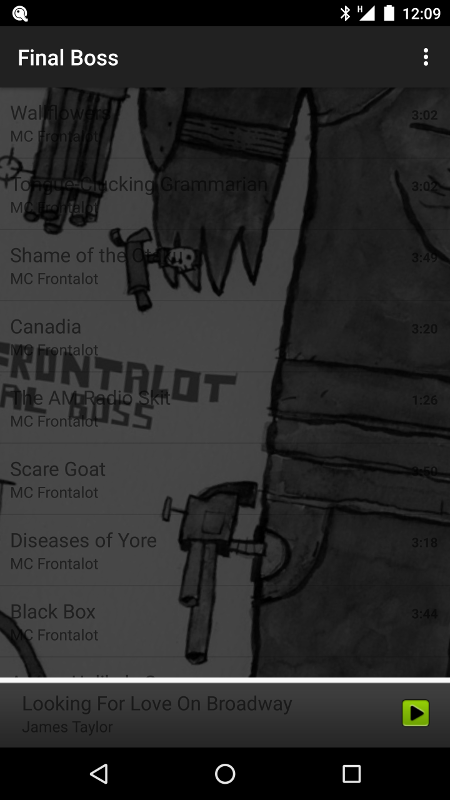
So I replaced it with the entirely capable Timber app from F-Droid.
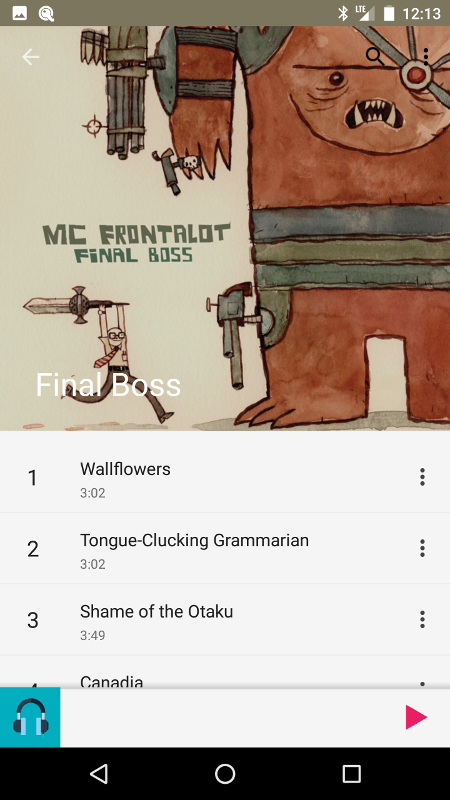
Another thing I needed to replace was Feedly. I’m old, so I still get most of my news directly from websites via RSS feeds and not social media. I used to use Google Reader, and when that went away I switched to Feedly. It worked fine, but I bristled at the fact that it tracked my reading habits. Next to each article would be a number representing the number of people who clicked on it to read it, so at a minimum they were tracking that. I investigated a couple of open source replacements when I was pleasantly surprised to discover that Nextcloud has a built in News service. We have had a really good experience with Nextcloud over the last couple of months, and it was pretty easy to add the news service to our instance. Using OPML I was able to export my numerous feeds from Feedly into Nextcloud, and that was probably the easiest part of this transition. On the handy I used an F-Droid app called OCReader which works well.
There were still some things I was missing. For example, when I travel overseas I keep in touch with my bride using Skype (which is way cheaper than using the phone) so I wanted to have Skype on this device. It turns out that it is in the Amazon App Store, so I installed that and was able to get things like Skype and the eBay and IMDB apps (as well as Bridge Baron, which I like a lot). Note that you still have to allow unknown sources since the Amazon repository is not trusted, and remember to set it back when you are done.
This still left a handful of apps I wanted, and based on my success with the Nova Launcher I just tried to install them from apks. Surprisingly, most of them worked, although a couple would complain about Google Services being missing. I think background notifications is the main reason they use Google Services, so if you can live without that you can get by just fine.
One app that wouldn’t work was Signal, which was very surprising since they seem to be focused on privacy and security. Instead, the default messenger is an app called Silence, which is a Signal fork. It works well, but it isn’t in the Play store (at least in the US due to a silly trademark issue that hasn’t been fixed) and no one I know uses it so it kind of defeats the purpose of secure messaging. Luckily, I discovered that the Copperhead gang has published their own fork called Noise, which removes the Googly bits but still works with the rest of the Signal infrastructure, so I have been using it as my default client with no issues. Note that it is in the F-Droid app but doesn’t show up on the F-Droid website for some reason.
For other apps such as Google+ and Yelp, I rediscovered the world wide web. Yes, browsers still work, and the web pages for these sites are pretty close to matching the functionality of the native app.
There are still some things for which there is no open source replacement: Google Maps, for example. Yes, I know, by using Google Maps I am sharing my location with Google, but the traffic data is just so good that it has saved literally hours of my life by directing me around accidents and other traffic jams. OpenStreetMap is okay and works great offline, but it doesn’t know where the OpenNMS office is located (I need to fix that) and without traffic it is a lot less useful. There is also the fact that I do like to play games like Ingress and Pokémon Go, and I have some movies and other content on Google servers.
I also lost Android Wear. I really enjoy my LG Urbane but it won’t work without Google Services. I have been playing with AsteroidOS which shows a lot of promise, but it isn’t quite there yet.
Note that Compass by OpenNMS is not yet available in F-Droid. We use Apache Cordova to build it and that is not (yet) supported by the F-Droid team. We do post the apks on Github.
To deal with my desire for privacy and my desire to use some Google software, I decided to carry two phones.
On the Nexus 6P I run Copperhead and it has all of my personal stuff on it: calendar, contacts, e-mail, etc. On the Nexus 6 I am running stock Google with all my Googly bits, including maps. I still lock down what I share with Google, but I feel a lot more confident that I won’t accidentally sync the rest of my life with them.
It sucks carrying two phones. With the processors and memory in modern devices I’m surprised that no one has come up with a hypervisor technology that would let me run Copperhead as my base OS and stock Google in a VM. Well, not really surprised since there isn’t a commercial motivation for it. Apple doesn’t have a reason to let other software on its products, and Google would be shooting itself in the foot since its business model involves collecting data on everything. I do think it will happen, however. The use case involves corporations, especially those involved in privacy sensitive fields such as health care. Wouldn’t it be cool to have a locked down “business” VM that is separate from a “personal” VM with your Facebook, games and private stuff on it.
As for the Copperhead experience itself, it is pretty solid. I had a couple of issues where DNS would stop working, but those seem to have been resolved, and lately it has been rock solid except for one instance when I lost cellular data. I tried reseting the APN but that didn’t help, but after a reboot it started working again. Odd. Overall is it probably the most stable ROM I’ve run, but part of that could be due to how vanilla it is.
Copperhead is mainly concerned with security and not extending the Android experience. For example, one feature I love about the OmniROM version of the Alarm app is the ability to set an action on “shake”. For example, I set it to “shake to dismiss” so when my alarm goes off I can just reach over, shake the phone, and go back to bed. That is missing from the stock ROM (but included in AOSP) and thus it is missing from Copperhead. The upside is that Copperhead is extremely fast with updates, especially security updates.
The biggest shortcoming is the keyboard. I’ve grown used to “gesture” typing using the Google keyboard, but that is missing from the AOSP keyboard and no free third party keyboards have it either. I asked the Copperhead guys about it and got this reply:
If the open-source community makes a better keyboard than AOSP Keyboard, we’ll switch to it. Right now it’s still the best option. There’s no choice available with gesture typing, let alone parity with the usability of the built-in keyboard. Copperhead isn’t going to be developing a keyboard. It’s totally out of scope for the project.
So, not a show stopper, but if anyone is looking to make a name for themselves in the AOSP world, a new keyboard would be welcome.
To further increase security, there is a suggestion to create a strong two-factor authentication mechanism. The 6P has a fingerprint sensor, but I don’t use it because I don’t believe that your fingerprint is a good way to secure your device (it is pretty easy to coerce you to unlock your handy if all someone has to do is hold you down and force your finger on to a sensor). However, having a fingerprint and a PIN would be really secure, as the best security is combining something you have (a fingerprint) with something you know (a PIN).
So here was my desktop on OmniROM:
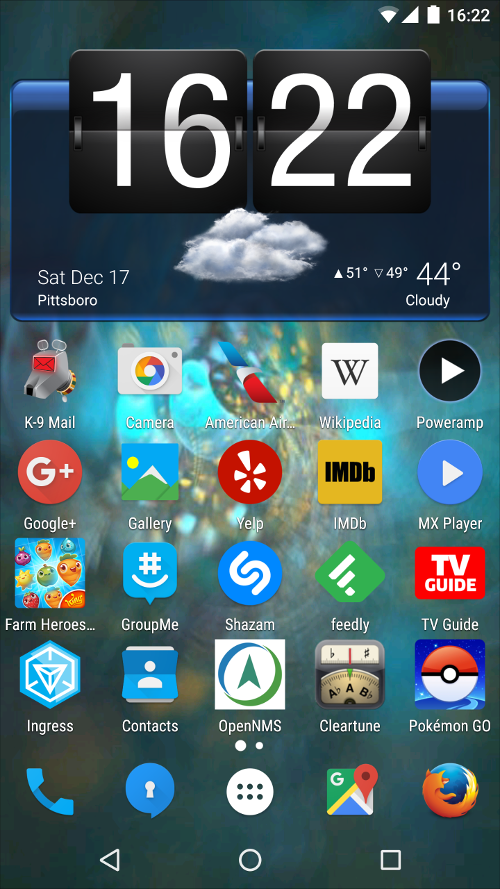
and here is my current desktop:
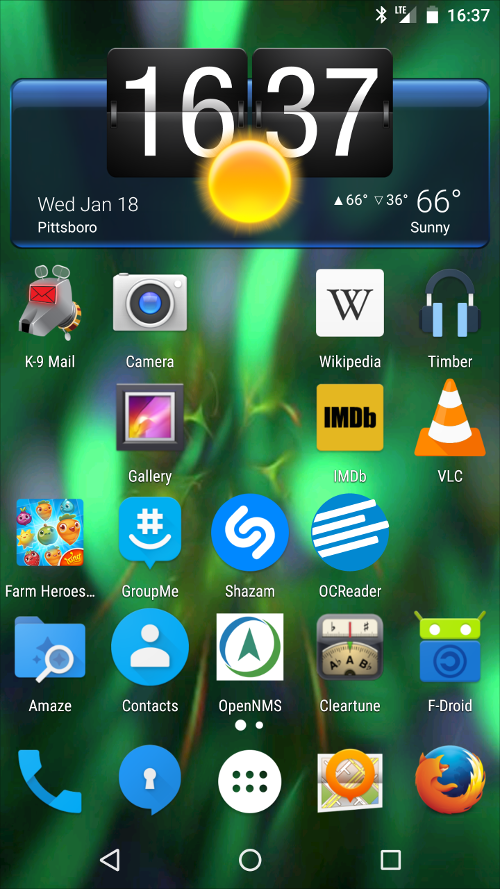
Not much different, and while I’ve given up a few things I’ve also discovered OCReader and Nextcloud News, plus the Amaze file manager.
But the biggest thing I’ve gained is peace of mind. I want to point out that it is possible to run other ROMs, such as OmniROM, without Google Services, but they aren’t quite as focused on security as Copperhead. Many thanks to the Copperhead team for doing this, and if you don’t want to go through all the work I did, you can buy a supported device directly from them.



